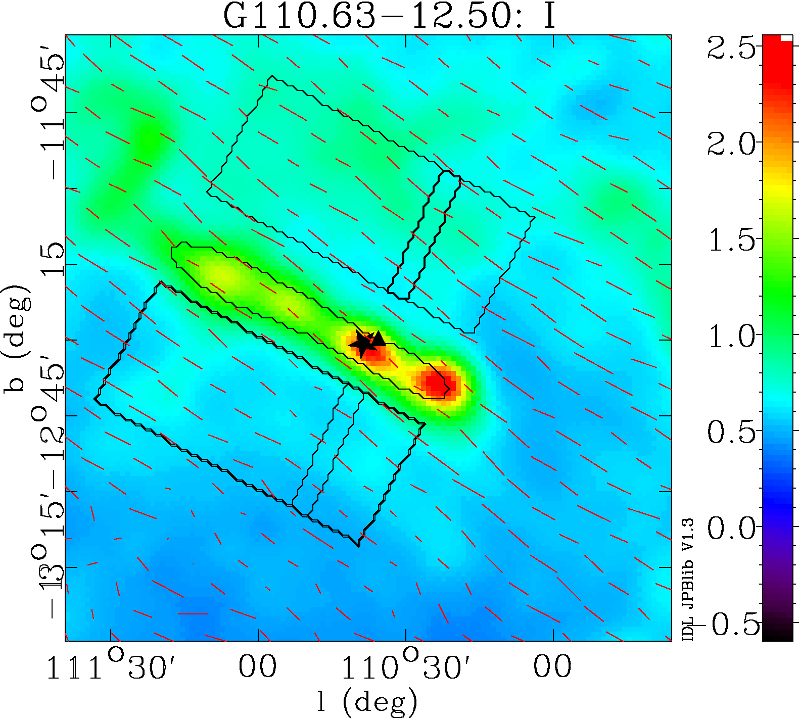
|
EPoS |
|
EPoS Contribution
|
|
On the relative orientation between magnetic fields and matter structures in star forming filaments
Dana Alina NU, Nur-Sultan, KZ | |
| One of the relevant questions about the early stages of star formation process is the role of the magnetic fields and the balance between magnetic, turbulent and gravitational energies. One of observational tools that allows us to reveal is the evaluation of the degree of alignment between the orientations of magnetic field lines and matter structures. I will present a statistical analysis of the relative orientation between the magnetic fields, filaments and embedded clumps that provides a glimpse on the tendencies observed in the Milky Way in the coldest regions. We extracted 90 filaments from the Planck 353 GHz data all over the sky using the Rolling Hough Transform - a pattern detection algorithm. We inferred magnetic field orientations within filaments using optically thin medium assumption. Based on this, we compared the orientation of the hosting filaments and embedded clumps with respect to both the background and inner magnetic field and compared the background and inner magnetic fields orientations. We find different behaviour in terms of relative orientation depending on the environment density, and on the density contrast between the filaments and their environment. We also reveal differences in the alignment of the clumps with respect to the filaments' magnetic field depending on the column density contrast of the hosting filaments: in particular, a bimodal distribution of the relative orientations in highly contrasted filaments. I will also present a detailed analysis of a particular case, the G202.3+2.5 filament in the Mon OB1 region in which the dynamical processes have been studied and discuss how does it fit into the common paradigm. | |
 | |
| Caption: Example of the detection of a filament hosting a Galactic Cold Clump, the color map is the 353 GHz Planck data, the vectors represent the observed plane-of-the-sky projection of the magnetic field. | |
| Collaborators: I. Ristorcelli, IRAP, FR M. Juvela, UH, FI J. Montillaud, UTINAM, FR |
Key publication
Suggested Session: Cores |